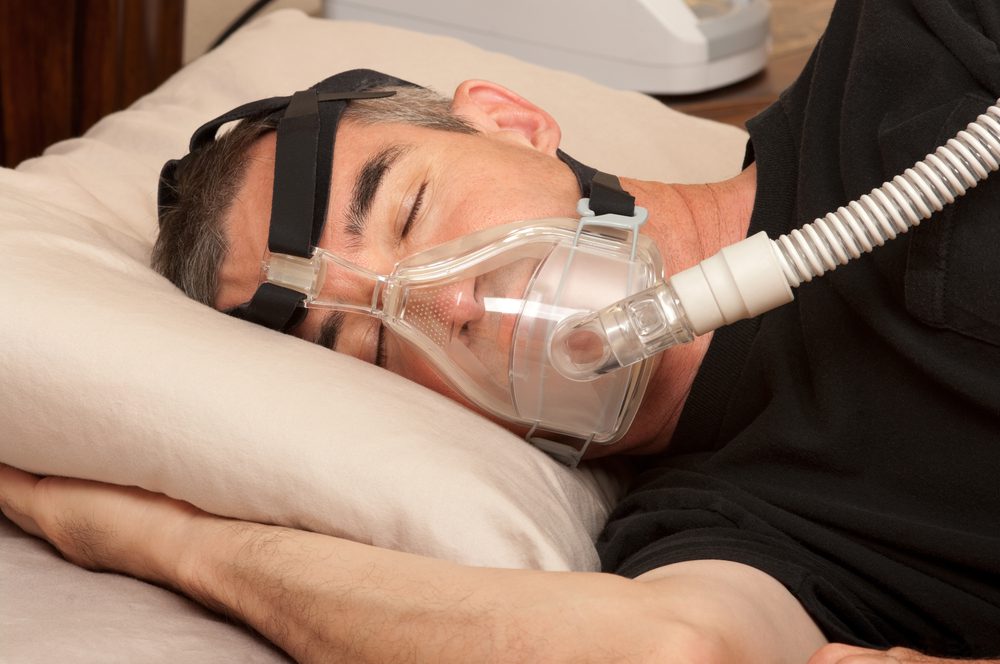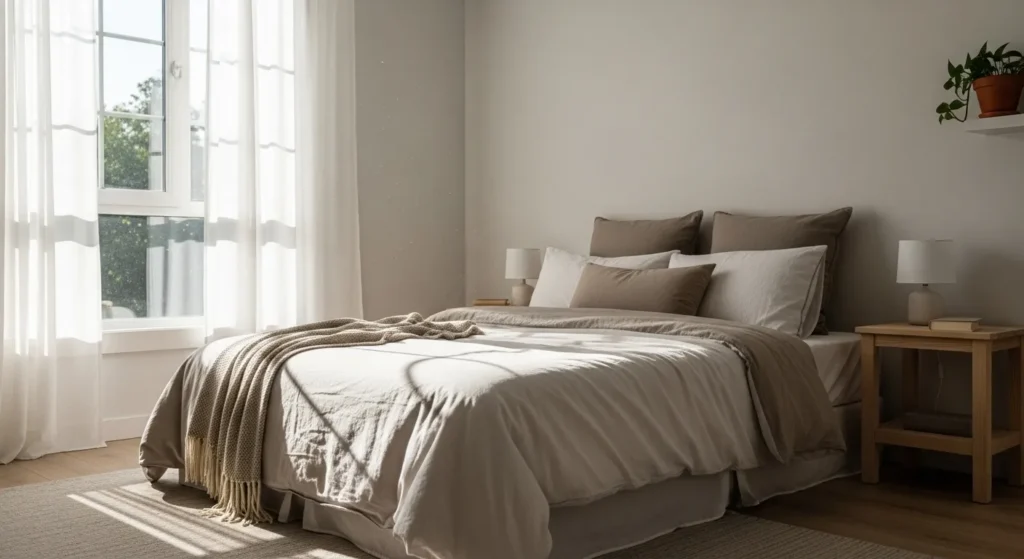
How is this sleep disorder diagnosed?
Diagnosing sleep apnea typically involves a healthcare provider asking about your history and symptoms. If they suspect you have this sleeping condition based on your answers, they’ll likely want you to undergo some testing. Generally, two tests can be done.
An overnight sleep study, AKA a polysomnogram, is the first one. This is an overnight test where you sleep in a medical facility prepared to be as relaxed as possible while still monitoring your sleeping patterns.
This test involves sensors that monitor your breathing, heart rate, brain waves, blood oxygen levels, and so on. Experts consider this test the standard for diagnosing sleep apnea.
Home sleep apnea testing, on the other hand, is a form of testing that allows a person to complete a sleep study from the comfort of their own home. This one doesn’t involve brain wave monitoring.
The downside to this test is that it can’t diagnose central sleep apnea, and it’s not offered as an option when doctors suspect more severe sleep apnea or if you have any other medical conditions.
While we’re on the subject of sleeping, our friends at Amazon have an incredibly comfortable pillow we highly recommend! We hope this article has been informative for you. Please let us know if you have your own experience with this issue and how you overcame it.
And if you found this post helpful, we also recommend reading about 9 Natural Ways to Reduce Migraine Symptoms



















